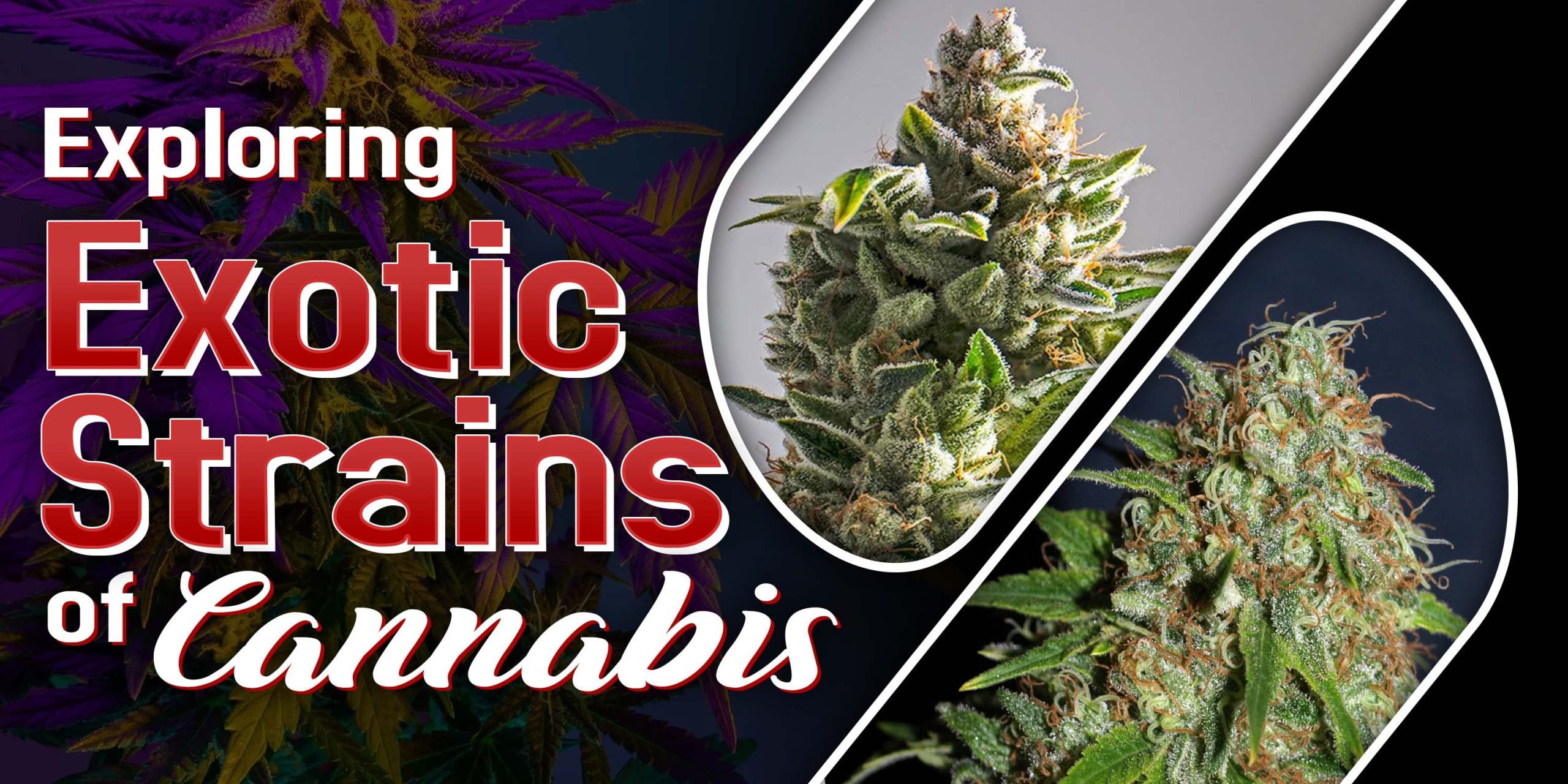Recognizing the early signals of hermaphrodite cannabis plants is extremely important for farmers to uphold the excellence and genuineness of their crops. Hermaphrodite plants have both male and female parts for reproduction, which can cause self-pollination if not dealt with quickly. This situation can greatly affect the amount produced, strength, and overall quality of the harvested cannabis. Therefore, being able to spot these early signs of hermie plants is crucial for ensuring a successful and high-quality yield.
What is a Hermaphrodite Cannabis Plant?
A hermaphrodite cannabis plant, also referred to as a “hermie,” is a plant with both male (stamens) and female (pistils) reproductive parts. This means that it can produce pollen and seeds on its own if conditions are favorable. The occurrence of this dual sexual expression can be influenced by factors such as genetics, stress from the environment, or a combination of these factors. It’s important to mention that not every cannabis plant will display hermaphroditic characteristics, but certain varieties may be more inclined to exhibit this trait. Understanding these factors can help growers identify and manage hermaphrodite plants effectively to maintain crop quality.
Cannabis Hermaphrodite Signs
1. Pistil and Stamen Development
When inspecting cannabis plants for hermaphroditism, growers should closely monitor the development of pistils and stamens. Healthy female plants typically exhibit well-developed pistils, which are hair-like structures that protrude from the calyxes and eventually develop into buds. On the other hand, male plants feature stamens that produce pollen. In hermaphrodite plants, both pistils and stamens may be present, indicating a mixed reproductive state.
2. Bananas or Nanners
One of the distinctive visual cues of cannabis hermie signs is the presence of “bananas” or “nanners.” These are small, elongated structures that resemble bananas and emerge from the buds or calyxes. Bananas are male pollen sacs that can rupture and release pollen, leading to self-pollination if they come into contact with female pistils. Growers should promptly remove any bananas to prevent pollination and seed formation.
3. Seed Formation
Another clear indicator of hermaphrodite weed signs is the premature formation of seeds within the buds. In a normal female plant, buds should primarily consist of trichome-covered calyxes without visible seeds. However, in hermaphrodite plants, the presence of seeds indicates pollination, either through self-pollination or external pollen exposure. Removing seeded buds is essential to maintain the quality and potency of the crop.
Environmental Factors Influencing Hermaphroditism
Several environmental factors can influence the development of hermaphrodite traits in cannabis plants. Understanding these factors is crucial for growers to create optimal growing conditions and minimize the risk of hermaphroditism.
- Stress: High levels of stress, such as temperature fluctuations, humidity imbalances, nutrient deficiencies, or physical damage, can trigger hermaphroditism in cannabis plants. Stress disrupts the plant’s hormonal balance and reproductive processes, leading to the development of male and female organs on the same plant.
- Light Leaks: Exposure to light during the dark cycle, known as light leaks, can also contribute to hermaphroditism. Cannabis plants require complete darkness during their dark period to maintain proper flowering and reproductive patterns. Even small amounts of light leakage can disrupt these processes and increase the likelihood of hermaphroditic traits.
- Genetics: The genetic makeup of cannabis strains plays a significant role in their susceptibility to hermaphroditism. Some strains may have genetic predispositions that make them more prone to developing hermaphroditic traits under stress or unfavorable growing conditions. Growers should select strains with stable genetics and low hermaphroditism rates for optimal results.
Preventive Measures and Management Strategies
To prevent hermaphroditism and manage plants that exhibit early signs of this condition, growers can implement various strategies and practices.
- Optimal Growing Conditions: Maintaining consistent and optimal growing conditions is paramount to reducing stress on cannabis plants. This includes providing stable temperatures, appropriate humidity levels, balanced nutrients, proper ventilation, and adequate lighting schedules. Creating a controlled environment minimizes the risk of environmental stressors that can trigger hermaphroditism.
- Regular Monitoring and Inspection: Growers should conduct regular inspections of their plants throughout the growth cycle. Vigilant monitoring allows for early detection of any signs of hermaphroditism, such as the presence of bananas, seed formation, or abnormal reproductive structures. Prompt action can prevent pollination and preserve the quality of the crop.
- Selective Breeding and Strain Selection: When breeding or selecting cannabis strains, prioritize those with known stability and low hermaphroditism rates. Working with reputable breeders and genetics ensures that plants are less likely to exhibit hermaphroditic traits under stress or suboptimal conditions. Breeders may also employ selective breeding techniques to enhance genetic stability and resilience.
Conclusion
Identifying early signs of hermaphrodite cannabis plants requires a keen eye, attention to detail, and a thorough understanding of plant biology and environmental factors. By recognizing visual indicators such as pistil-stamen development, bananas or nanners, and seed formation, growers can take proactive measures to prevent hermaphroditism and maintain the integrity of their cannabis crops.
Furthermore, addressing environmental stressors, implementing optimal growing practices, and selecting resilient genetics are key strategies to mitigate the risk of hermaphroditism. Through diligent monitoring, preventive measures, and informed decision-making, growers can optimize their cultivation efforts and produce high-quality cannabis free from hermaphroditic traits.
FAQs
1. What causes hermaphroditism in cannabis plants?
Hermaphroditism in cannabis plants can be caused by genetic factors, environmental stressors such as temperature fluctuations or nutrient imbalances, or a combination of both.
2. Can hermaphrodite cannabis plants affect neighboring crops?
Yes, hermaphrodite cannabis plants can pollinate neighboring female plants, leading to seed production and potentially affecting the quality and potency of nearby crops.
3. Is it possible to prevent hermaphroditism in cannabis plants entirely?
While it’s challenging to completely eliminate the risk of hermaphroditism, growers can take preventive measures such as maintaining optimal growing conditions, selecting stable genetics, and monitoring plants closely.
4. Can hermaphrodite cannabis plants be used for breeding purposes?
Some breeders may intentionally use hermaphrodite plants in breeding programs to create new hybrid strains. However, caution is required to ensure genetic stability and minimize the risk of hermaphroditic traits in future generations.
5. How do hermaphrodite cannabis plants impact overall crop yield and potency?
Hermaphrodite plants can lead to self-pollination, resulting in seed production within the buds. This can reduce the potency of the harvested cannabis and affect the overall yield, as the energy that could have been used for flower production is diverted to seed development.




















